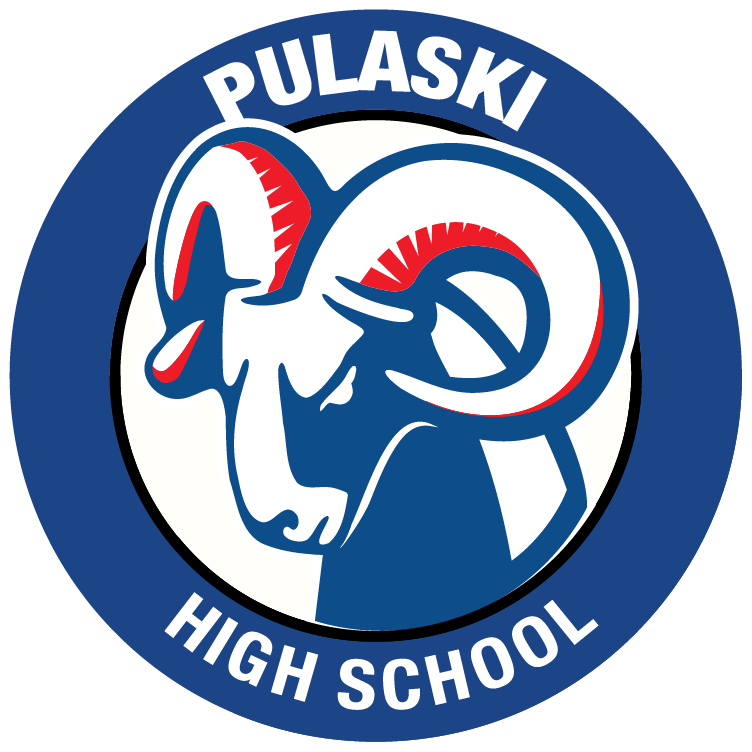Students may be referred to a program, or they can contact a school counselor for more information.
College and Career Center
The College and Career Center at Pulaski is open during regular school hours and provides expert support to students and families applying for college, completing the Free Application for Federal Student Aid (FAFSA), researching scholarships, and more.
College Access Programs
BGC Grad Plus
Through Boys & Girls Clubs of Greater Milwaukee’s Graduation Plus (Grad Plus) programming, South Division scholars receive mentorship and support as they work toward high school graduation and post-secondary education goals. BGC Grad Plus uses a relationship-centered case management approach to provide impactful, individualized support to every scholar.
College Possible Wisconsin
College Possible provides college coaches to students in eight high schools in MPS and supports student enrollment and completion of two- and four-year colleges.
First Nations Studies College Access Program
The First Nations Studies College Access Program supports postsecondary attainment for students who identify as Native American. Learn more about the First Nation Studies College Access Program support services provided to students to transition through high school and beyond at mpsmke.com/firstnations.
Marquette University Educational Opportunity Program
Marquette University Educational Opportunity Program (MU EOP) supports first-generation and low-income students from pre-college through graduate education. The MU EOP Pre-College Programs are in a number of schools across MPS. The MU EOP includes Upward Bound, Upward Bound Math and Science, Educational Talent Search, and College Bound Scholars.
UWM TRIO & Pre-College
Federally funded TRIO & Pre-College programming promotes academic excellence in high school and college access for first-generation, low-income, and other underrepresented students. The TRIO & Pre-College experience at UW-Milwaukee includes tutoring in core subjects like math and science, college tours, and structured academic support to eligible MPS students who aspire to thrive in college or university after earning their MPS high school diploma.
Positive Behavioral Interventions and Supports (PBIS)
Milwaukee Public Schools uses PBIS to promote positive student behavior. After years of use, districts across the country, MPS included, are reporting increases in student achievement, more positive school environments, and fewer classroom disruptions and disciplinary referrals.
PBIS uses a three-tiered approach. Tier one teaches expectations to all students and promotes collaboration and consistency in the classroom: Teachers and students co-design agreements and routines that align with school expectations. Tiers two and three provide structure, interventions, and follow up for students who need more support.
Violence Free Zone (VFZ)
VFZ Youth Advisors build relationships with students. These Youth Advisors are mature young adults who are from the same neighborhoods as students in the school. These Youth Advisors can gain the trust and respect of the students they work with because they overcame some of the same challenges our students experience today. VFZ Youth Advisors serve as mentors, conflict resolvers, and positive role models inside and outside of school.
Alternative Education
Students who are at risk of graduating late or who fall behind on credits may access individualized teaching support, an alternative schedule, accelerated courses, and other accommodations in programs designed to get them get back on track to graduation.
To learn more, contact our school’s counseling department or the district’s Office of Extended Learning Opportunities (ELO).
Competency Based Program
This flexible half-day program is designed for students who are at least 17 years old, one year behind in credits, and test and read between a 4.5 to 8.9 reading level. Qualifying students can earn their high school diploma by demonstrating mastery of essential skills and knowledge through project-based learning. By prioritizing competency over seat time, the program ensures that graduates are well-prepared for postsecondary education and career opportunities.
GED Option #2
GED Option #2 is for students 17 and older who are at least one year behind in their high school credits and still want to graduate with their peers. A reading test and intake meeting are required to determine eligibility. Students who meet all program requirements graduate with a high school diploma.
